New Voices: An insight into PNB’s unique choreography program for young women
By Eva Stone, Modern/Choreography Faculty at Pacific Northwest Ballet School
I’ve taught at Pacific Northwest Ballet School (PNBS) for 15 years and one of my favorite things to observe is noting how students transition from Level VI to Level VII. It’s a monumental shift in a young dancer’s life. They no longer see themselves tied to the ‘little kids’ but now feel more connected to the upper division of our school. Their class structures intensify, they see more possibility, more hard work ahead of them, and they move forward with trepidation as the New Voices course appears on their class schedule as part of their PNBS training.
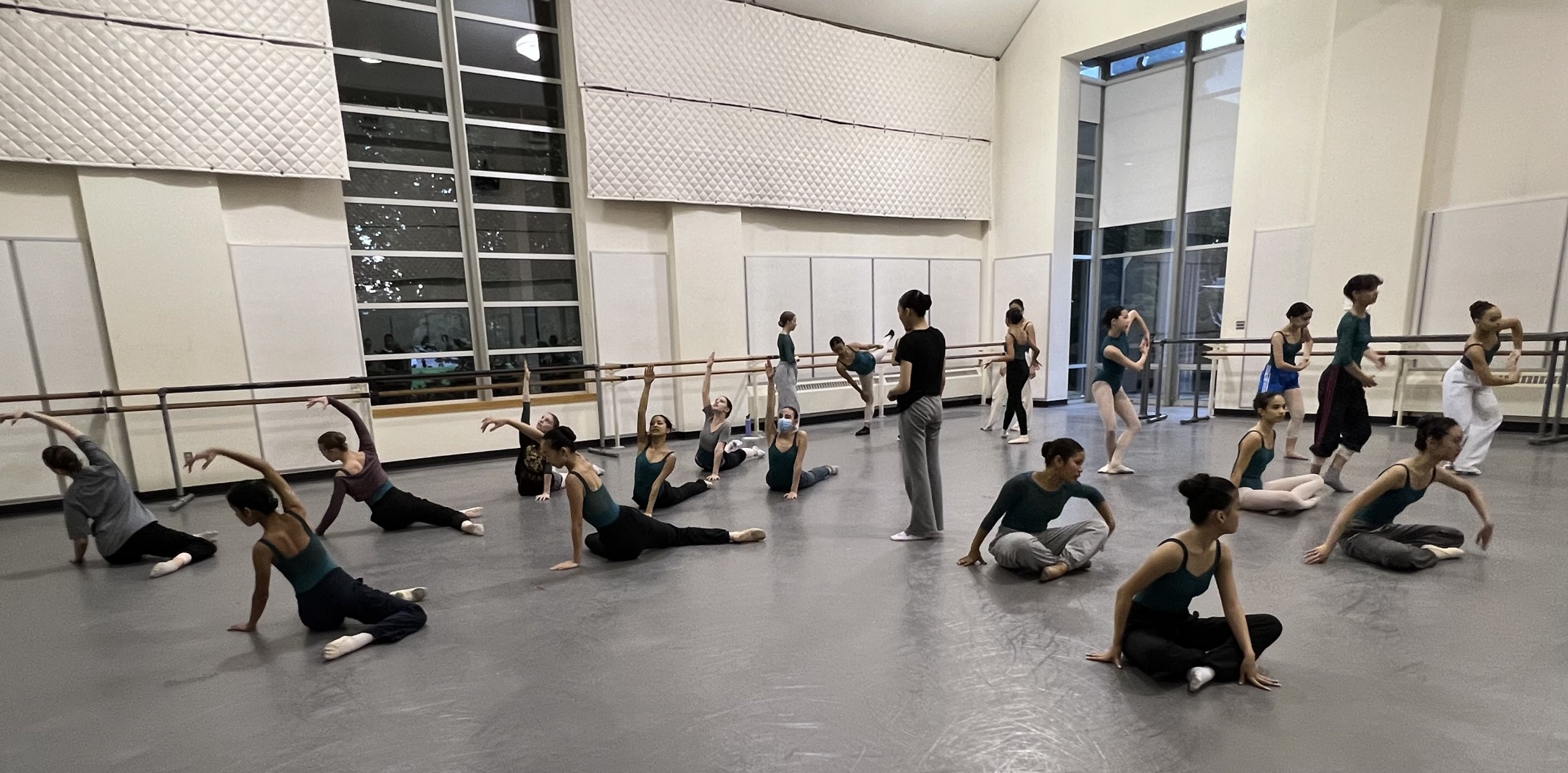
I use the word trepidation, but I believe if asked, most students would exchange this word with the word ‘fear’. And there is a good reason for that. On our first day of New Voices: Choreography and Process for Young Women in Dance, they are given a breakdown of how this course will unfold. Students will take pages of notes during intense lectures and be assigned weekly choreography homework tasks. They will perform each of these assignments in solo form, in front of their classmates, and without any musical accompaniment. They will be given feedback on all that they create from their instructor and their classmates. They will be asked to offer constructive criticism on what they observe from others. They will be choreographing a solo on themselves (with music) that will be performed for their family, friends, teachers, and Mr. Boal, and all of this will happen in the first five months of their Level VII school year.
It’s a lot.
New Voices is unique to PNBS. No other school in the nation (that I am aware of) is solely focused on educating and fostering the next generation of female choreographers. In a field dominated by women, only 33% of world premieres by the ten largest ballet companies in the US were created by women for the 22/23 season (and among global ballet companies, that number drops to 23%).* There are several reasons why these statistics are so challenging, but I think it boils down to one factor: early choreographic education. By offering young women the time and space to expand their choreographic knowledge and experience, they gain a valuable and broader view about dance and creative process. This not only applies to their training, but how they engage with the art form on a deeper and more holistic level. They face their fears head on, build confidence, and can look more intelligently and critically into process and product. They are also given permission to fail, to be unhappy about the work they make (but show it anyway), and practice working from a less judgmental and self-destructive mind set. Our classes are open, supportive, and judgement-free.
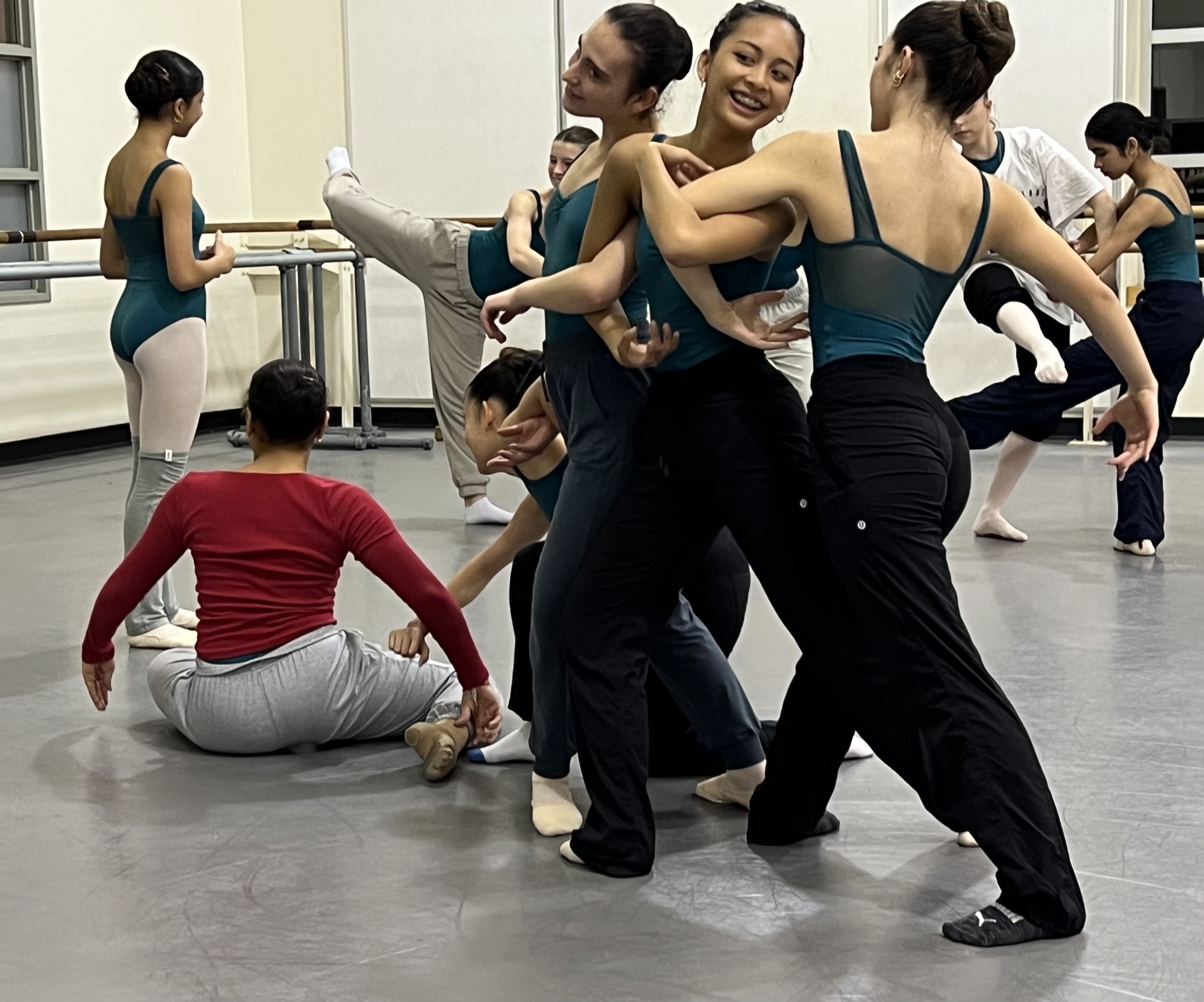

Here’s what a few students have to say about their New Voices experience:
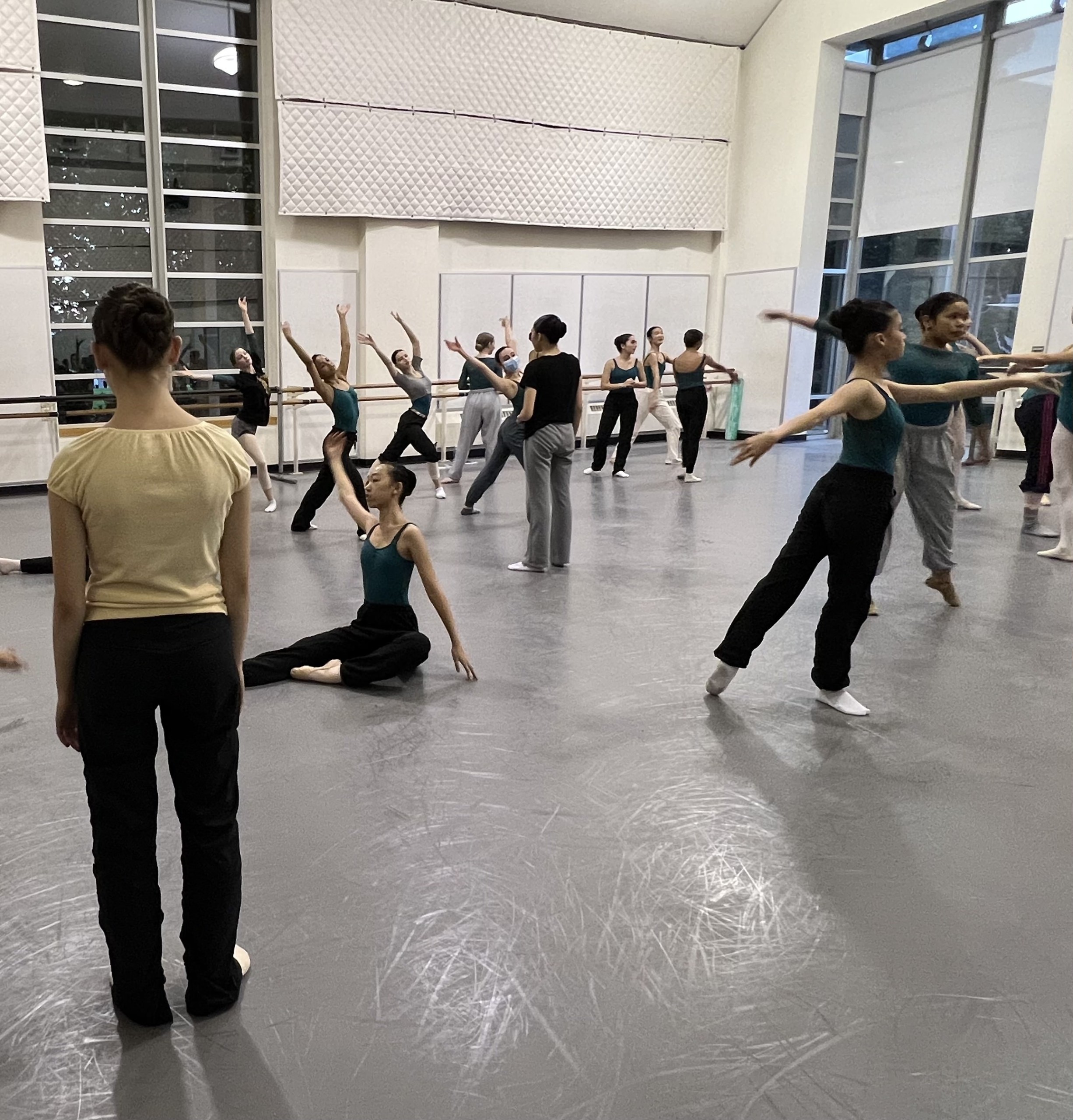
“When I first saw the New Voices I showing in January of 2023 as a Level VI student, I was blown away by the talent, creativity, and artistry that was shown by the Level VII students. After being blown away, I panicked, because I realized that next year, I would have to know how to create choreography just as amazing as theirs. I am still learning how to become a better choreographer, but I have already seen improvement from the first time I created a movement study. New Voices has helped me find more intention in my movement as a choreographer and dancer. Every Wednesday when I have my New Voices class, I leave Pacific Northwest Ballet School feeling a little bit more accomplished than when I first entered the building.” –Amina Chullasavok. Level VII
“One of the reasons I love this class so much is because it is the first time in my dance life where I have been asked to present an opinion to the world. As a female dancer, I have seen women who are quiet in the dance world, often keeping their ideas to themselves rather than sharing it with the community. In contrast, the term “New Voices” is quite literal, as we are now expected to have a voice and opinion about the world. Not only this, but we are welcomed into a community that values sharing our stance in the world through our choreography and learning others’ views too. In every dance class I have ever taken, the words have already been written for me, all I needed to do was read them. However, in Ms. Stone’s class, we are not only asked to write our own story but perform it too.
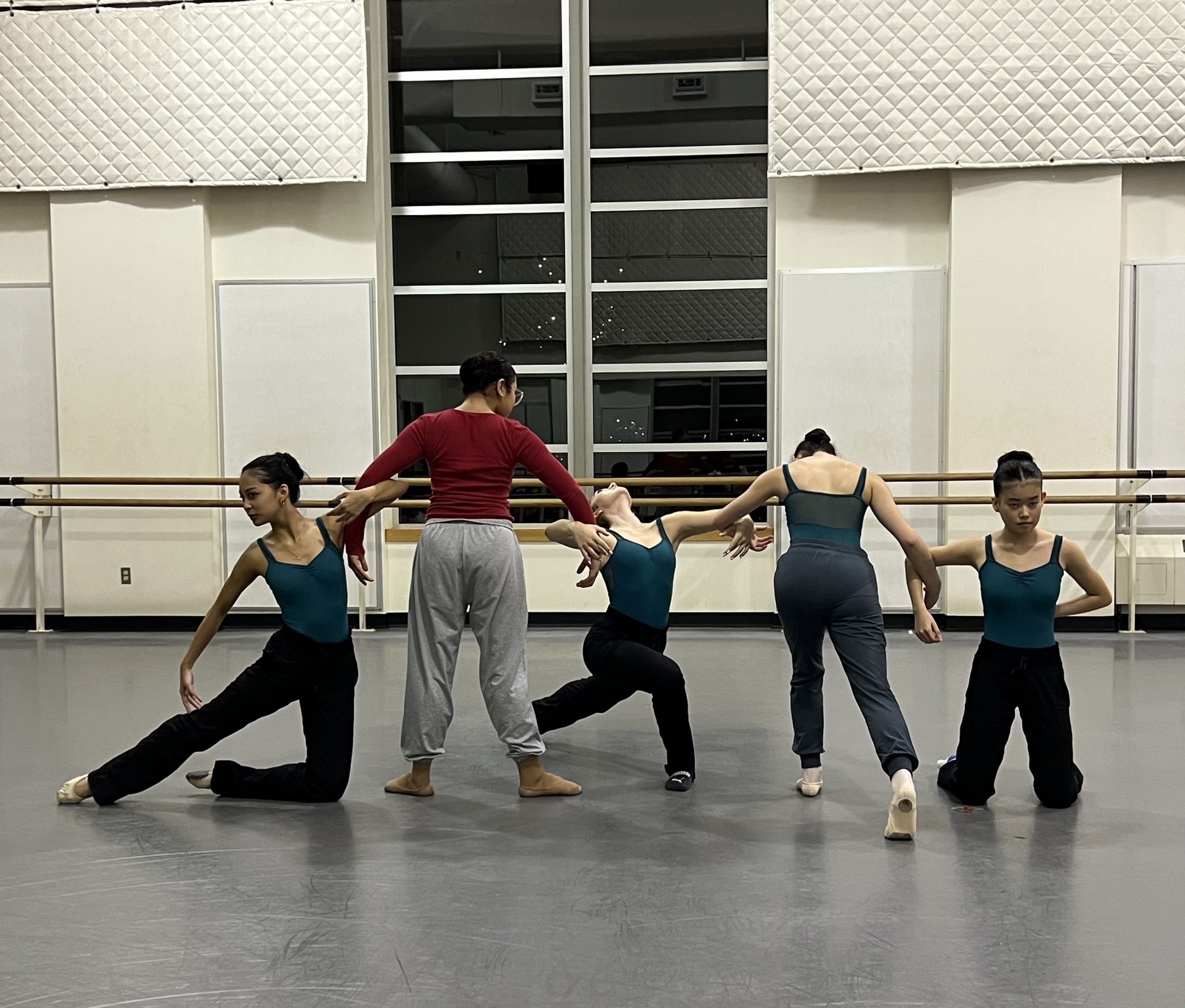
Another aspect of the New Voices training is that we perform our movement studies in silence. There is no musical accompaniment to help convey our dance, just our bodies. This has taught me to use every single part of my body. From my right pinky toe to left eyebrow, I have learned how to create a story solely by myself. When you have the power to tell an audience a story just by using your body and nothing else, it is the greatest feeling in the world. It has unleashed a new appreciation of my voice in the world. In New Voices, I am not just an average five-foot girl on the street, I am the creator of my original artwork; a statement that not many high schoolers can make. I have learned so much about myself and my peers, and I know I can only improve in the future.” –Soraya Arjomand Level VII
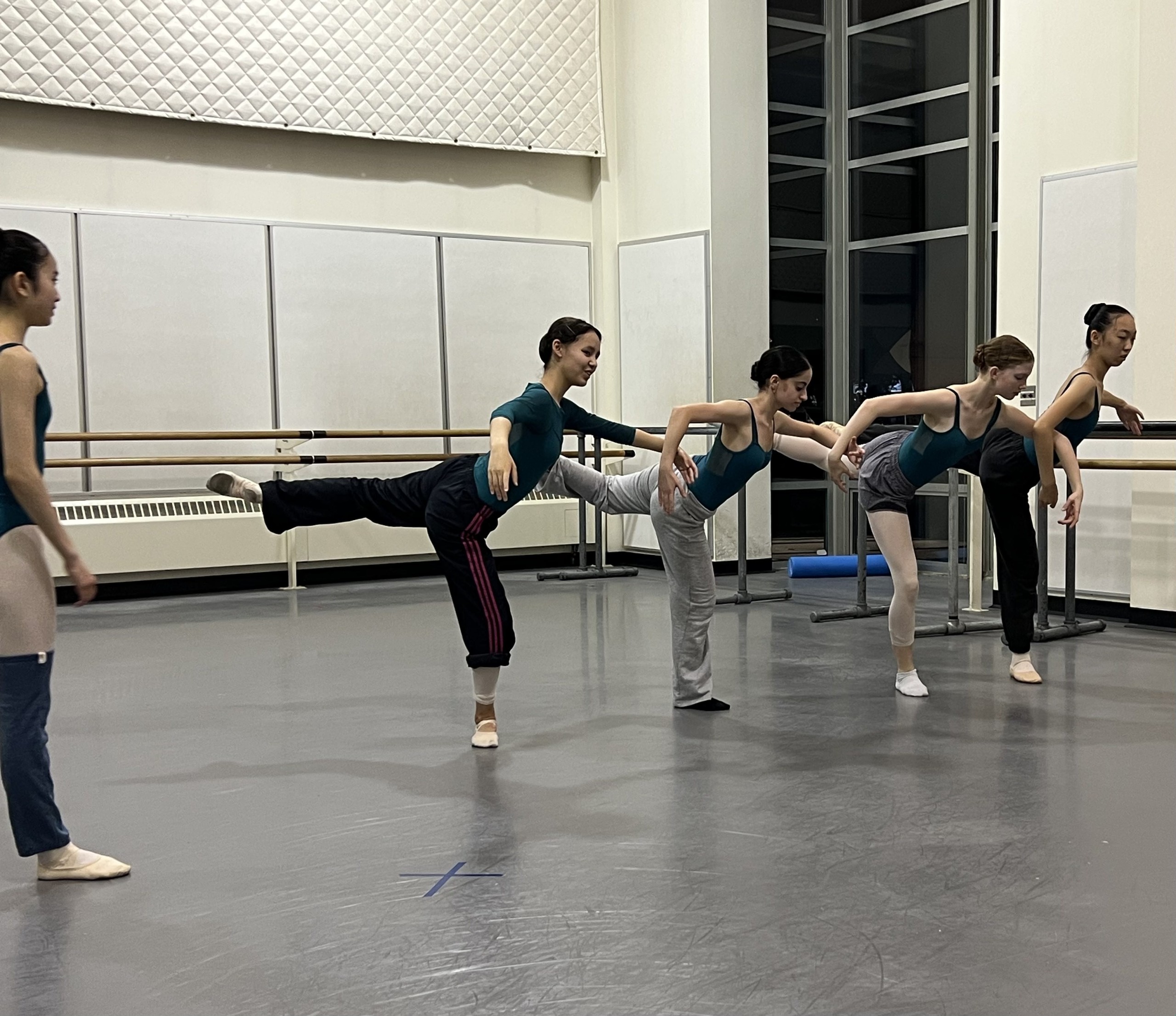
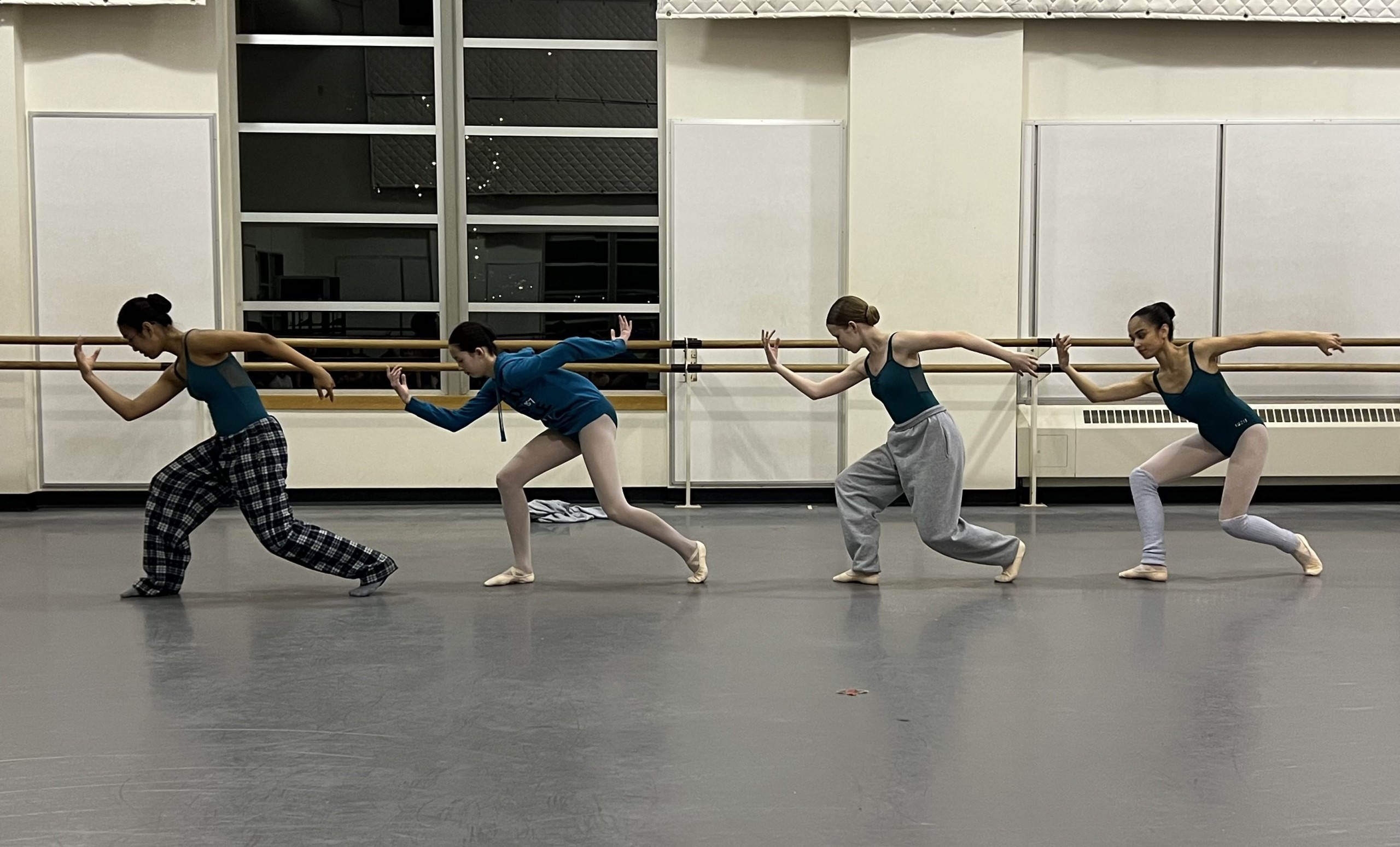
These amazing young women, alongside New Voices II (Level VIII students) will be presenting their original work on Wednesday, June 5th in Studio C. Collectively they are showing solos, duets, group work, and a short excerpt from Crystal Pite’s Emergence. New Voices I will go ‘on tour’ on June 1st to the FRC to present work and introduce this course to our Eastside students. Nerves and end-of-year stress is peaking as we prepare for these events, but I know they will all do brilliantly, as they all have done for the past six years of this special program. And what they will carry with them in the future is knowing they all had a moment to have their voices heard.
*“English Speaking Company 2023/2024 Season Programming Report”. Dance Data Project. January 5, 2024





